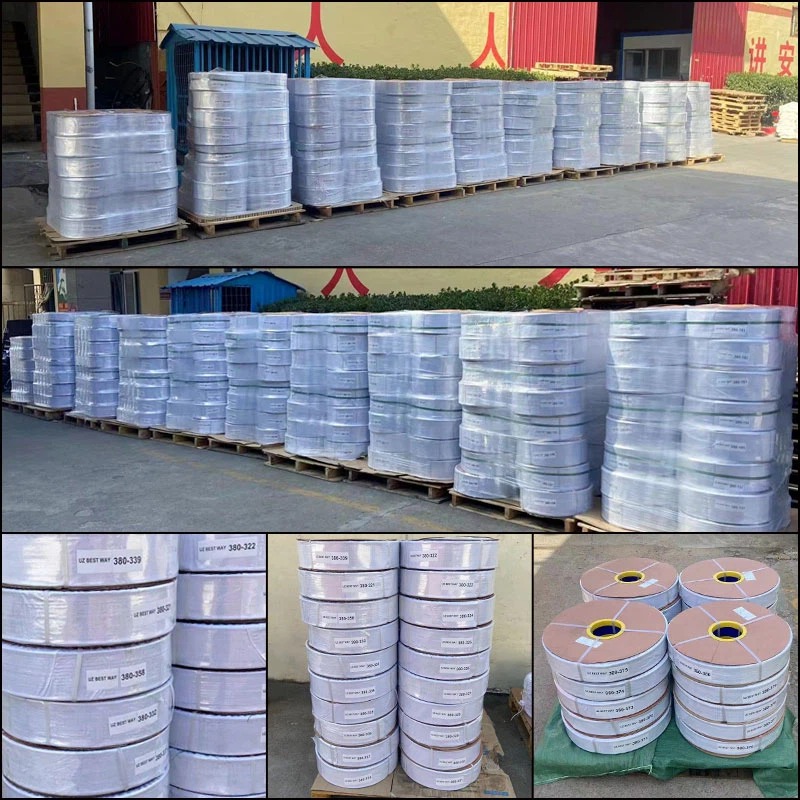Drip Irrigation Pipe Connection Method
Drip irrigation pipe is a plastic thin-walled hose produced from low-density polyethylene as the main raw material. Its major features are strong anti-clogging performance, low requirements for water sources, and no need for filtering equipment when using groundwater sources; low operating water pressure, large flow, and short irrigation time. Here's how to connect the two pipes:
1. PVC looper pipe connection: Chamfer the outer angle of the male pipe end, and the outer angle is chamfered at an angle of 20°, and the reserved tip is about t/4 ~ t/3. Take out the ferrule from the looper head and wipe it clean, as well as clean the inside of the looper groove. Then put the collar back in place. Mark the insertion length mark on the male tube end. Lubricate the inner surface of the collar and the insertion end of the pipe evenly (usually use high-concentration soapy water, or detergent). When the drip irrigation pipe is connected, the small diameter can be plugged manually, the end of the medium diameter pipe is padded with thick wood or wood angle material, and inserted with a mallet, and the large diameter needs to be plugged with a tensioner. Before plugging, measure the plug length L, and leave room for expansion and contraction of the diameter. After the socket is completed, insert a thin saw blade into the socket head to check whether the rubber ring is displaced, that is, determine whether the L1 value is on the circumference. If they are not equal, they have been shifted and should be re-socketed.
2. PE pipe connection: Use a blade to cut the pipe mouth neatly without burrs. Put the sealing ring on the mouth of the pipe, about 10mm to 20mm from the end of the pipe. Press the barbed pipe against the sealing ring and press it into the male thread together. Note that the sealing ring must be fully pressed into the male thread and must not be biased. Tighten the threaded connections.
The installation of drip irrigation pipes is an important part of engineering construction. Generally, there are two types of pipes commonly used in pipes: PVC looper pipes and PE pipes.




